Magnetisch-induktive Durchflussmessgeräte werden aufgrund ihrer Genauigkeit und Zuverlässigkeit häufig in industriellen Anwendungen eingesetzt, doch ihre Leistung kann durch Faktoren wie Gasblasen, Sedimentablagerungen und Feststoffpartikel beeinträchtigt werden. Diese Probleme können zu instabilen Messwerten, geringerer Messgenauigkeit oder sogar zum Ausfall des Geräts führen. Dieser Artikel analysiert die typischen Herausforderungen, mit denen magnetisch-induktive Durchflussmessgeräte konfrontiert sind, unterstützt durch Fallstudien, und bietet professionelle Einblicke und Lösungen, um einen genauen und zuverlässigen Betrieb unter anspruchsvollen Bedingungen zu gewährleisten.
Inhaltsübersicht
Gase enthaltende Flüssigkeiten
Das Vorhandensein von gelösten Gasen in Flüssigkeiten hat keinen Einfluss auf die Durchflussmessung, aber freie Gase (d. h. Gasblasen) können die Messungen beeinträchtigen und Fehlfunktionen verursachen. Es gibt drei Hauptquellen für freies Gas in einer Flüssigkeitsleitung:
- Luft wird nicht vollständig aus der Rohrleitung entfernt.
- Luft oder Gas, das von außerhalb des Rohrleitungssystems angesaugt wird.
- Gelöste Gase, die sich in freie Gasblasen verwandeln.
In der Prozessindustrie schwanken Druck und Temperatur von Flüssigkeiten in Rohrleitungen häufig. Wenn der Druck sinkt oder die Temperatur steigt, können sich gelöste Gase in freie Gasblasen verwandeln. Wenn beispielsweise eine Flüssigkeit unter Raumtemperatur eine Zeit lang in der Rohrleitung steht (z. B. während eines Stillstands), kann sich die gelöste Luft in Gasblasen verwandeln. Umgekehrt kann eine Flüssigkeit, die über der Raumtemperatur liegt, in einer versiegelten Rohrleitung verbleibt und sich allmählich abkühlt, ein lokales Vakuum erzeugen, das zur Bildung von Gasblasen aus gelöster Luft oder Verdampfung führt.
Solche Gasblasen verursachen oft einen instabilen Durchfluss in der Startphase des Prozesses, wenn das System wieder in Betrieb genommen wird. Dies kann sich in einer schwankenden Durchflussleistung äußern, aber das System stabilisiert sich in der Regel, nachdem es eine Zeit lang gelaufen ist. Wenn das Regelventil fast geschlossen ist, kann die Flüssigkeit außerdem zur Verdampfung neigen, was zur Blasenbildung führt.
Flüssigkeiten, die feste Phasen enthalten
Flüssigkeiten, die feste Partikel enthalten, wie z. B. Pulver, Granulat oder Fasern, können verschiedene Probleme verursachen:
- Gülle-Lärm.
- Verunreinigung der Elektrodenoberfläche.
- Leitende oder isolierende Abscheidungsschichten auf Elektroden oder Auskleidungen.
- Abnutzung oder Ablagerungen an der Auskleidung, die den Durchflussbereich verändern.
Fallstudie: Kurzschlusseffekt durch konduktive Abscheidung
Wenn sich leitfähige Materialien auf der isolierenden Auskleidungsoberfläche eines magnetisch-induktiven Durchflussmessers ablagern, wird das Durchflussmesssignal kurzgeschlossen, was zum Ausfall des Geräts führt. Da sich leitfähiges Material im Laufe der Zeit allmählich ansammelt, tritt dieser Fehler in der Regel nicht bei der Inbetriebnahme, sondern erst nach einer gewissen Betriebszeit auf.
In der Werkzeugwerkstatt eines Dieselmotorenwerks wurde ein magnetisch-induktives Durchflussmessgerät DN80mm eingesetzt, um den Durchfluss von gesättigtem Salzelektrolyt zu messen und zu regeln, um die Schneidleistung in einem elektrochemischen Prozess zu optimieren. Anfänglich funktionierte das Gerät einwandfrei. Nach zwei Monaten unregelmäßiger Nutzung begann die Durchflussmessung jedoch zu sinken, bis sich das Signal dem Nullpunkt näherte. Bei der Inspektion wurde eine dünne gelbe Rostschicht auf der Oberfläche der Isolierverkleidung festgestellt. Nach der Reinigung kehrte das Gerät zum normalen Betrieb zurück. Der gelbe Rost wurde durch eine große Menge Eisenoxid verursacht, das sich aus dem Elektrolyt abgesetzt hatte..
Es handelte sich um einen Fehler, der beobachtet wurde, nachdem das System bereits einige Zeit in Betrieb war. Obwohl es sich nicht um einen häufigen Fehler handelt, kann diese Art von Kurzschlusseffekt auch bei starker Korrosion in metallischen Rohrleitungen auftreten, die zu Rostablagerungen führt. Wenn ein Durchflussmesser zunächst normale Messwerte anzeigt und diese dann im Laufe der Zeit allmählich abnehmen, sollte diese Art von Fehler als mögliche Ursache in Betracht gezogen werden.
Fallstudie: Probleme mit Sedimenten bei magnetisch-induktiven Durchflussmessern
In einer Wasseraufbereitungsanlage in Shanghai wird Rohwasser aus dem Huangpu-Fluss etwa 30 Kilometer flussaufwärts durch zwei DN600mm-Rohrleitungen in die Anlage gepumpt. Im Jahr 1991 begann die Anlage, zwei magnetisch-induktive Durchflussmesser DN600mm zur Messung des Wasserdurchflusses einzusetzen, und alles funktionierte normal. Im Jahr 1993 begannen die Durchflussmessungen jedoch zu sinken. Nach der Beseitigung von Fehlern in den offenen Abschnitten des Messgeräts wurde vermutet, dass das Durchflussmessgerät ein Problem hatte. 1997 ergab sich die Gelegenheit, den inneren Zustand des Durchflussmessers zu überprüfen, und es wurde festgestellt, dass sich an den Innenwänden des Messrohrs Sedimente angesammelt hatten, wobei die dickste Schicht mehr als 10 mm betrug. Auch die Elektrodenoberflächen waren mit Ablagerungen bedeckt, die mit den umgebenden Ablagerungen bündig waren. Nach der Reinigung funktionierte der Durchflussmesser wieder normal..
Dieser Fall verdeutlicht, dass sich in Rohwassermesssystemen mit der Zeit unweigerlich Sedimente an den Innenwänden des Messrohrs ansammeln. Ob sich dies auf die Durchflussmessung auswirkt, hängt von der Dauer des Betriebs ab. In diesem Fall führte die Sedimentansammlung nach drei Jahren zu einer merklichen Verringerung der Durchflussmessgenauigkeit. Daher müssen magnetisch-induktive Durchflussmesser, die zur Messung von Rohwasser aus Flüssen und Seen verwendet werden, regelmäßig gereinigt werden. Auch bei anderen Durchflussmessern wie Ultraschall- und Venturi-Durchflussmessern kommt es aufgrund von Sedimentablagerungen zu einer Verringerung der Durchflussfläche, was die Messgenauigkeit beeinträchtigen kann. In diesem Fall führte eine 10mm dicke Ablagerung in einem DN600mm-Rohr zu einer Abweichung von 1,2%-2,5% bei den Durchflussmesswerten.
Schlussfolgerung
Für den langfristigen Betrieb sollten konstruktive Maßnahmen in Betracht gezogen werden, um das Problem der Sedimentansammlung anzugehen, wie z. B.:
- Erhöhung der Fließgeschwindigkeit an den Messstellen zur Verlängerung der Reinigungsintervalle.
- Einbau von Inspektionsöffnungen zur regelmäßigen Reinigung innerhalb der Rohrleitung.

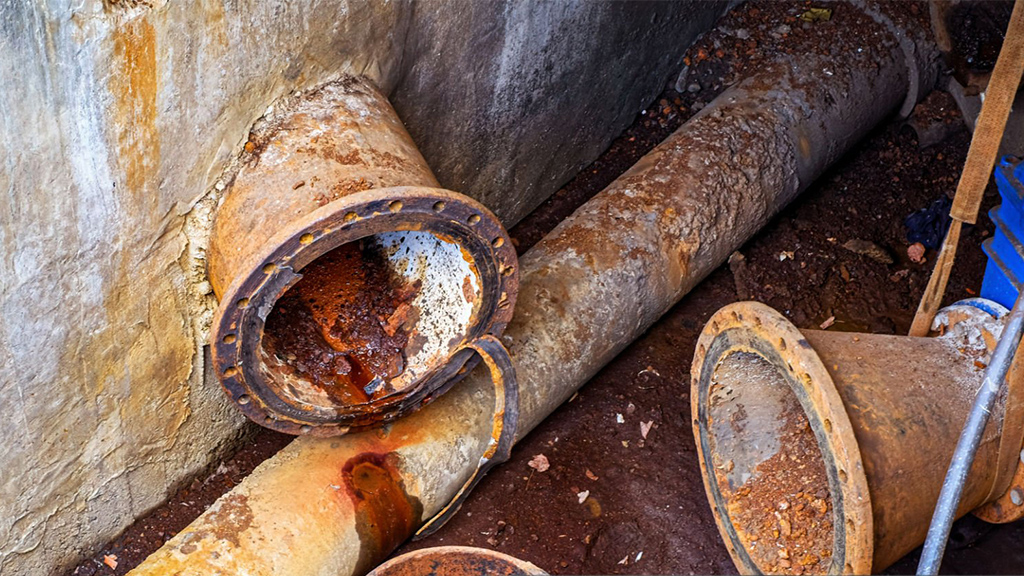

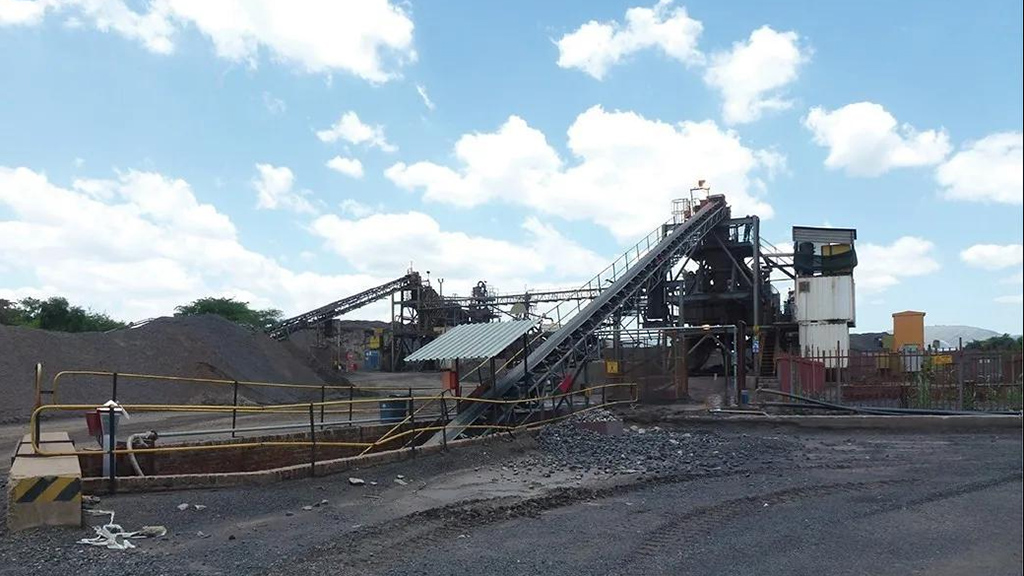
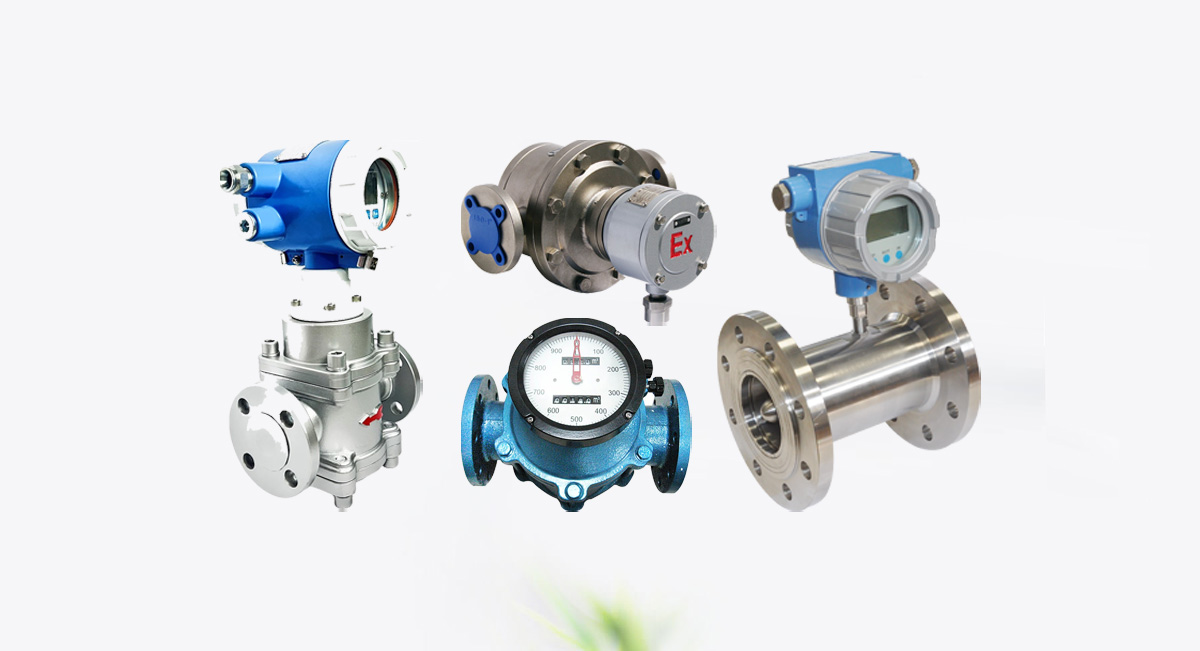

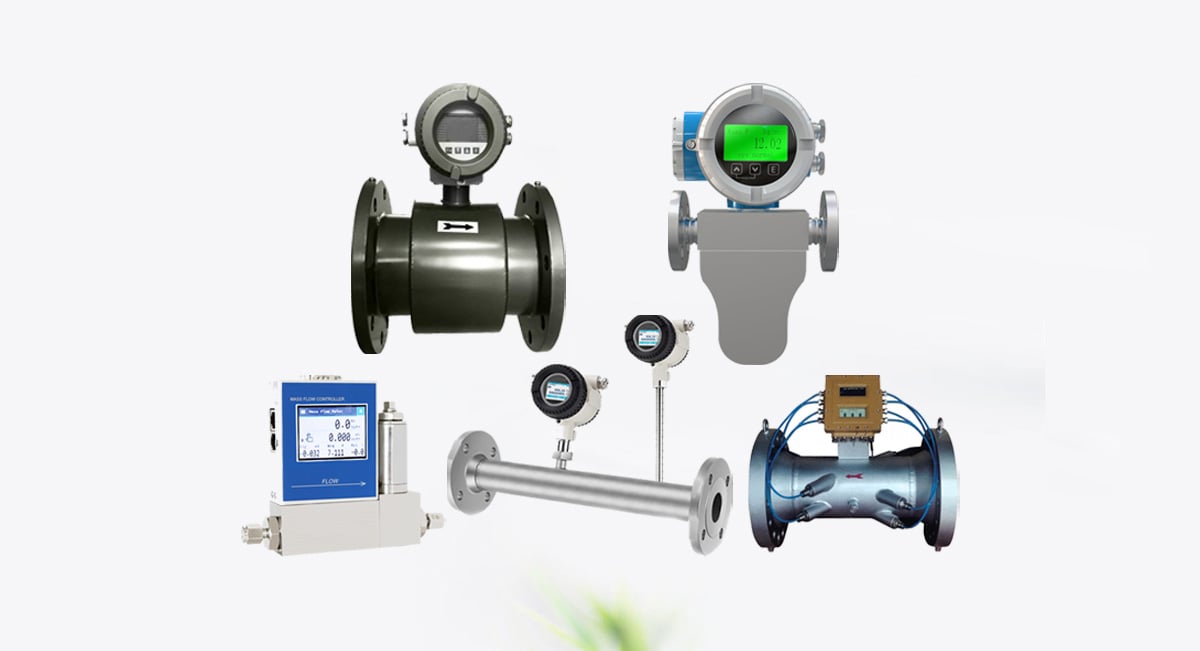
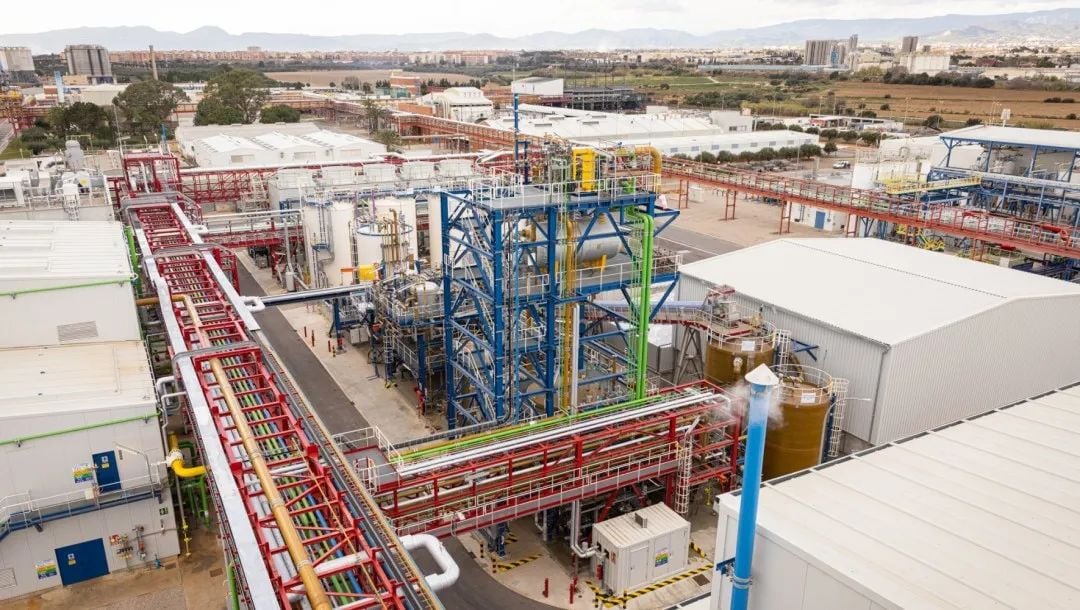
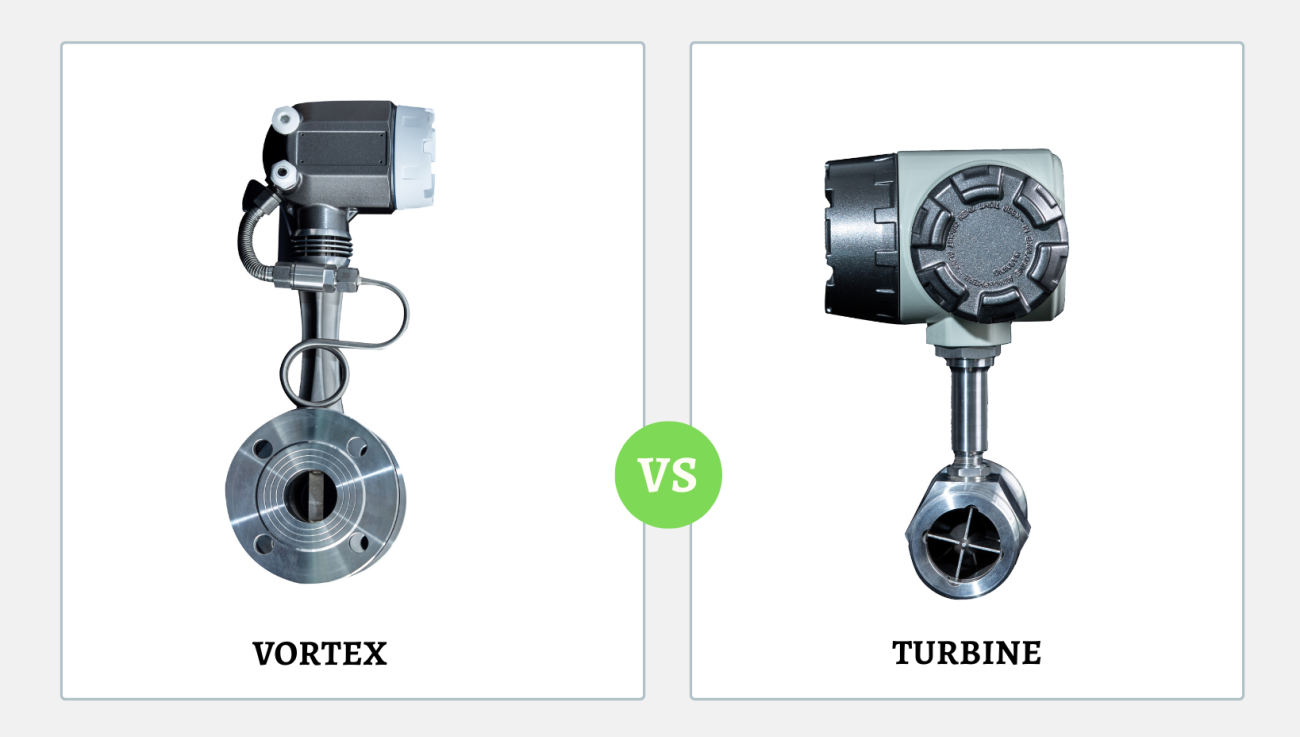
Hinterlassen Sie einen Kommentar